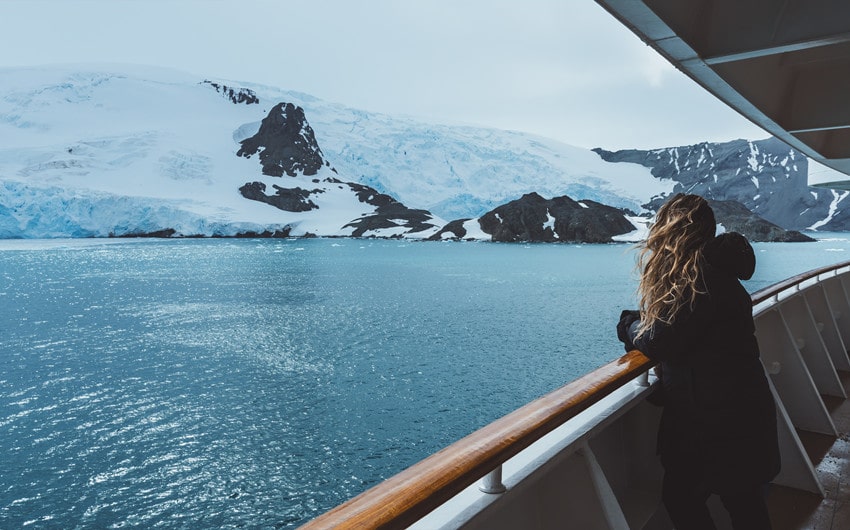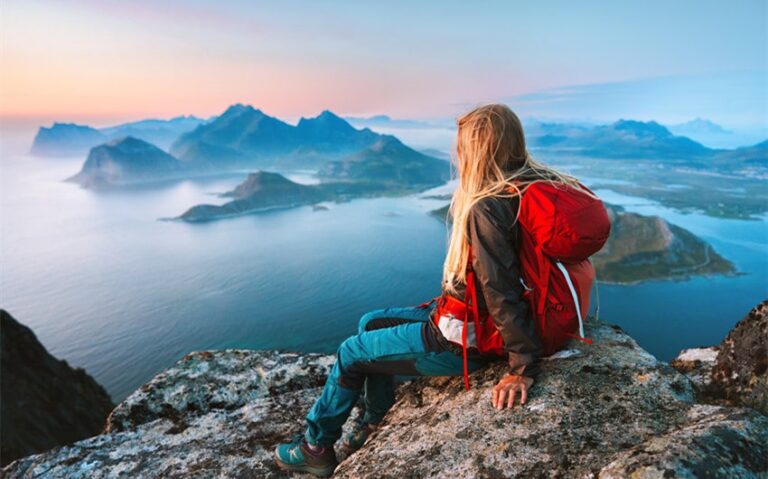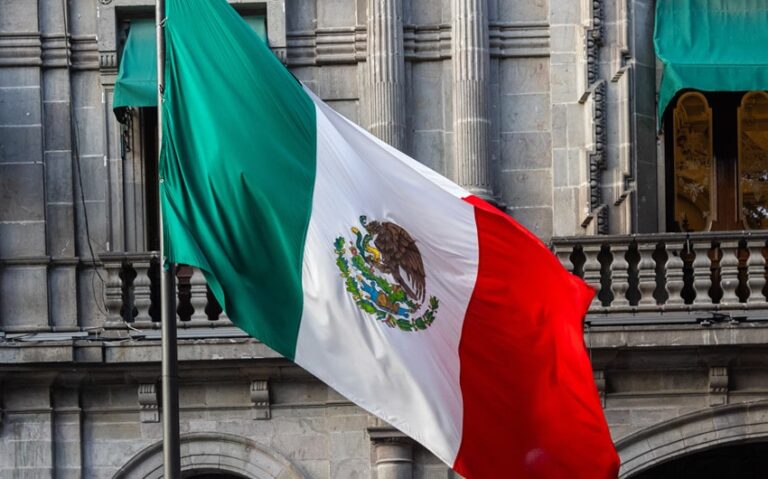The Most Expensive Place to Travel to in the World—and What You’re Really Paying For
What’s the most expensive place to travel to in the world? You might expect it to be somewhere famous for luxury—Monaco, maybe, or the Maldives. But while those places certainly cost a fortune, they don’t compare to the sheer logistical and psychological cost of visiting a place like Antarctica. Still, it’s not just one destination. A handful of places around the world consistently rank among the most expensive due to their remoteness, exclusivity, or unapologetic luxury. Here’s a closer look at the top five.
1. Antarctica: The Ultimate Luxury of Isolation
Antarctica tops almost every list for the most expensive destination—and for good reason. It’s the most remote place on Earth. No commercial airports. No permanent human population. No real tourism infrastructure. Visiting means entering a controlled, frozen frontier, where safety, sustainability, and scientific presence come before comfort. And the price reflects it.
What Makes It Expensive?
- Expedition Cruises: You can’t visit independently. The majority of tourists arrive on guided ships that depart from Ushuaia, Argentina. Basic cabins for a 10–12 day cruise cost $8,000–$15,000 USD. Luxury suites or extended voyages can run $30,000–$50,000+.
- Fly-Cruise Packages: Flying over the Drake Passage cuts down time and motion sickness—but adds $5,000 or more to your total cost.
- Mandatory Insurance: Proof of emergency evacuation coverage is required, and prices depend on your age and policy limits.
- Specialist Guides & Gear: Your fee includes onboard lectures from glaciologists, naturalists, and safety crew, plus gear like waterproof boots and parkas.
What You Actually Get
No shopping. No resorts. No Wi-Fi most of the time. What you get instead is scale—icebergs the size of cities, whale breaches at sunrise, and colonies of penguins that don’t care who you are. You’re not paying for entertainment. You’re paying for the privilege of witnessing a raw, endangered part of Earth. And for many travelers, it’s the most meaningful trip they’ll ever take.
2. The Seychelles: Paradise With a Price Tag
The Seychelles is what happens when nature and luxury hold hands. It’s remote—off the east coast of Africa—and fiercely protected. The beaches are flawless. The granite rock formations look sculpted. And the price of keeping paradise clean and uncrowded? High.
What Drives the Cost?
- Private Islands & Resorts: Stays at resorts like North Island or Six Senses Zil Pasyon can exceed $5,000 per night. Celebrities honeymoon here. Royalty retreats here. Privacy doesn’t come cheap.
- Transportation: You’ll likely fly into Mahé, then take a short-haul flight, boat, or even helicopter to your final island. Transfers can cost $500–$1,500 round trip.
- Limited Supply Chain: Most goods are imported, which inflates the cost of food, fuel, and basic goods—even for locals.
Is It Worth It?
What makes the Seychelles different is its sustainability-first mindset. The government tightly controls development to protect biodiversity, and visitor caps keep beaches uncrowded. The result? A feeling that you’re somewhere truly rare. If you want luxury that still feels close to nature, this is it.
3. Norway: Nature’s Luxury, Priced Accordingly
Norway doesn’t scream wealth. It whispers it. From the outside, everything looks modest: wooden houses, fjords, soft-spoken people. But don’t let the quiet fool you. Norway is consistently one of the most expensive places on Earth for tourists—and it’s not trying to be.
What Costs So Much?
- Hotels: A basic room in Oslo or Bergen can cost $250–$400 per night. Luxury hotels in the fjords easily go beyond $700 per night.
- Dining: Even casual meals can run $40–$70 per person. A beer? About $12.
- Transport: Trains, buses, and ferries are clean and scenic—but pricey. Norway in a Nutshell, a popular self-guided tour, can cost $300–$400 per person for just one day.
- Activities: Guided hikes, fjord kayaking, and glacier tours range from $150 to $500+.
What You’re Paying For
Norway is safe, stunning, and well-managed. You don’t pay for excess—you pay for reliability, cleanliness, and access to untouched landscapes. If you’re drawn to slow travel, dramatic scenery, and Nordic design, you’ll find that it quietly justifies the cost. Especially if you chase the northern lights or cruise through Geirangerfjord at dawn.
4. Bhutan: The Intentional Expense
Bhutan isn’t expensive in the traditional sense—there are no gold bathtubs or fashion boutiques. But it’s expensive on purpose. The country enforces a minimum daily spend for tourists, designed to filter out casual or disrespectful tourism and preserve its spiritual and ecological integrity.
The Daily Tariff
- Minimum Spend: As of 2024, foreign travelers must pay a $200 daily Sustainable Development Fee (SDF). This used to include accommodation, meals, and guides—now, it’s paid separately and doesn’t include lodging.
- Visa & Tour Fees: You must use a licensed Bhutanese tour operator, who arranges everything from your hotel to your daily itinerary.
- Flights: Entry is only possible through certain airports (Paro being the main one), with limited—and pricey—flights.
The Deeper Value
Bhutan feels like a step back in time, or a step inward. The roads are quiet. The air is clean. The mountains are sacred. There’s no fast food, no backpacker scene. And almost no advertising. For those seeking spiritual quiet or deep cultural immersion, Bhutan is not only worth the price—it’s worth the planning.
5. Dubai: Where Excess Is the Experience
Dubai is engineered for superlatives. Tallest building. Largest mall. Most opulent hotel. You can absolutely visit Dubai on a budget—but that’s not what the city markets. It caters to those who want to experience wealth in a physical, visual way.
How Fast It Adds Up
- Accommodation: Rooms at the Burj Al Arab or Atlantis The Royal run from $1,500 to $5,000 per night. Even mid-range hotels in peak season can exceed $300/night.
- Dining: Dubai’s fine dining scene includes restaurants run by Michelin-starred chefs. A dinner for two with wine? Expect $300–$600.
- Experiences: Helicopter rides, desert dune safaris, luxury car rentals, or indoor skiing—none of it comes cheap. A few activities can easily total $1,000+ in a weekend.
The Fantasy Economy
Dubai is about curated illusion. Want to ski inside a mall in the desert? Done. Want a private butler and a gold-leaf cappuccino? They’ll bring it to your suite. It’s not subtle. It’s spectacle. And it’s crafted for people who don’t mind paying to be dazzled. If you want a trip that feels like an Instagram reel brought to life, Dubai’s your place.
So—Is Expensive Always Worth It?
The answer depends on what you want. These places charge for different reasons: remoteness, regulation, reputation, or pure indulgence. Here’s how to frame it:
- Antarctica charges for access.
- Seychelles charges for exclusivity.
- Norway charges for infrastructure.
- Bhutan charges for intentionality.
- Dubai charges for fantasy.
None of them are cheap. But sometimes, expensive isn’t the problem—it’s the passport to something rare. Whether that’s stillness, luxury, reflection, or scale, only you can decide if the cost buys something you’ll carry home long after the suitcase is unpacked.







